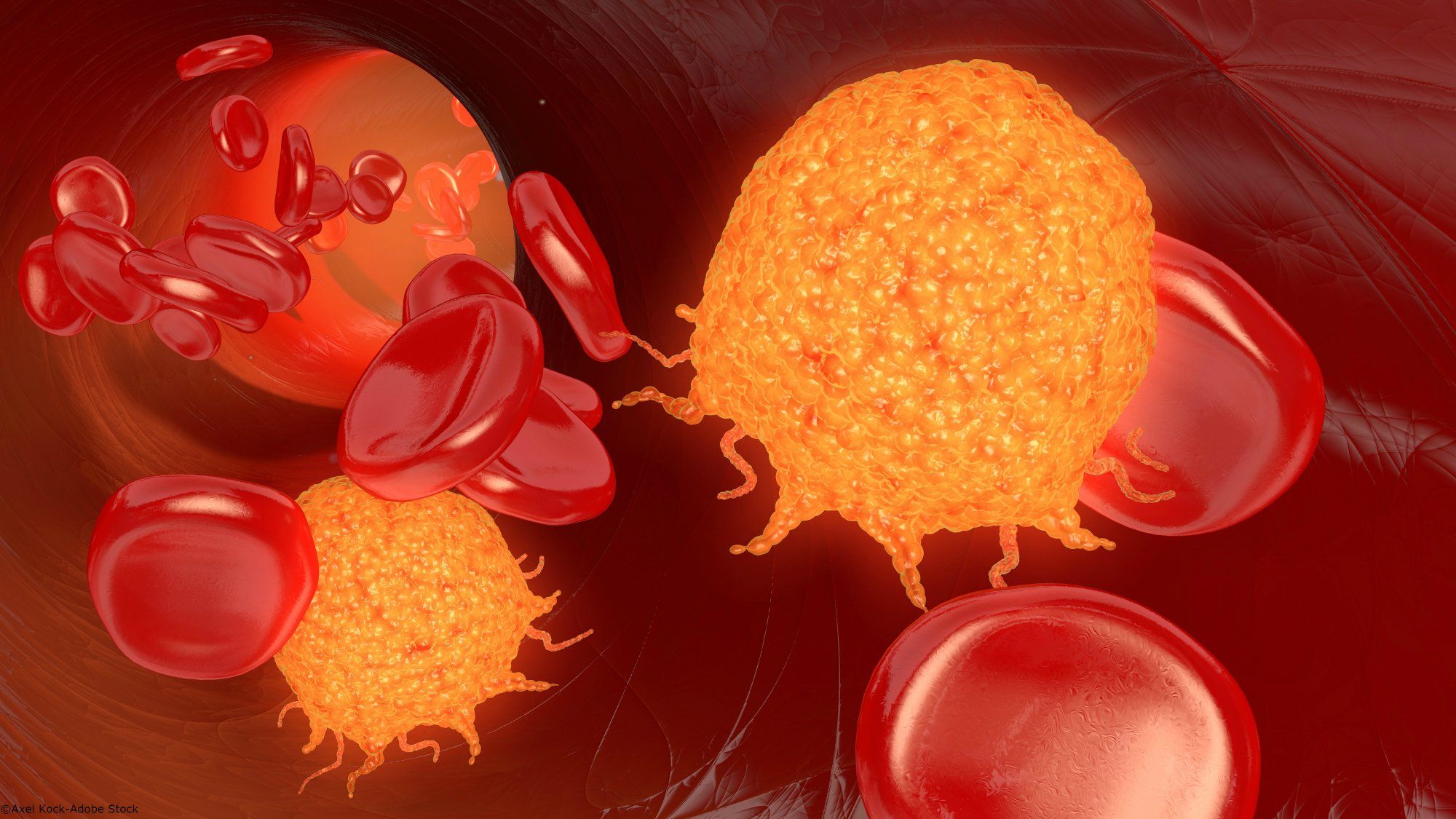Obe-cel Elicits Durable Responses in Relapsed/Refractory B-Cell ALL
In the phase 1b/2 FELIX study, obecabtagene autoleucel was associated with low incidence of grade 3 or higher immune-related toxicity.
In the phase 1b/2 FELIX study, obecabtagene autoleucel was associated with low incidence of grade 3 or higher immune-related toxicity.

Obecabtagene autoleucel (obe-cel; Aucatzyl) elicited durable responses in patients with relapsed or refractory B-cell acute lymphoblastic leukemia (ALL), including favorable rates of complete remission (CR) and CR with incomplete hematologic recovery, according to findings from the phase 1b/2 FELIX study (NCT04404660) study published in the New England Journal of Medicine.
Data reveal that the overall remission rate for all patients who received at least 1 obe-cel infusion (n = 127) was 78% (95% CI, 70%-85%), with 57% achieving CR and an additional 20% achieving CR with incomplete hematologic recovery. Furthermore, median response duration was 21.2 months (95% CI, 11.6-not evaluable [NE]), and median event-free survival was 11.9 months (95% CI, 8.0-22.1).
Additional efficacy findings reveal that among patients who had 5% or more bone marrow blasts before lymphodepletion (n = 91), 75% had overall remission (95% CI, 64%-83%). Additionally, lower overall remission incidence was observed in patients with bone marrow blasts greater than 75% (65%; 95% CI, 48%-79%) vs those with bone marrow blasts between 5% and 75% (82%; 95% CI, 69%-92%).
The phase 1b/2 FELIX study enrolled 153 patients with relapsed or refractory B-cell ALL, with obe-cel successfully administered to 146 (95.4%) patients for a median of 21 days (range, 18 to 50) following leukapheresis. In total, 26 of 153 patients did not receive an obe-cel infusion, including 1 due to physician’s choice, 7 due to manufacturing failure, and 18 due to death or uncontrolled disease. An additional 4 patients did not receive full obe-cel dosage due to low manufacture yield.
Among patients receiving at least 1 obe-cel dose (n = 127), the median age was 47 years (range, 20-81), the median number of previous lines of therapy was 2 (range, 2-6), and 52% were refractory to their latest therapy line. Furthermore, a median 40% bone marrow blasts (range, 0%-100%) was observed at enrollment, with 44.1% of patients having undergone previous allogenic stem-cell transplantation.
Patients who were administered obe-cel received either 10 x 106 CAR T-cells as dose 1 (59.8%) or 100 x 106 CAR T-cells as dose 1 (40.2%). Both planned obe-cel doses were administered in 94.5% of patients who received obe-cel, with the remaining 5.5% forgoing the second dose due to immunotoxic effects (n = 3)—including 2 instances of grade 3 ICANS and 1 instance of grade 3 cytokine release syndrome (CRS)—cerebrovascular-related death (n = 1), a manufacturing-related issue (n = 1), and rapid disease progression (n = 2).
Of patients who had a response with minimal residual disease (MRD) data available (n = 62), 94% were MRD-negative following obe-cel infusion, with 96% of patients with less than 5% bone marrow blasts without extramedullary disease before lymphodepletion with MRD data (n = 28) achieving MRD negativity. Furthermore, 18% of patients in the intention-to-treat population with responses proceeded to allogenic stem cell transplantation.
In total, CRS was observed in 68.5% of patients treated with obe-cel, 2.4% of which were grade 3 or higher. The median time to CRS onset was 8 days (range, 1-23) after infusion, with a median duration of 5 days (range, 1-21). Additionally, investigators reported 2 instances of immune-effector cell-associated hemophagocytic lymphohistiocytosis, both of which were grade 3 or higher.
ICANS was observed in 22.8% of this patient population, 7.1% of which was grade 3 or higher. The median time to ICANS onset was 12 days (range, 1-31) after infusion, with a median duration of 8 days (range, 1-53).
Reference
Roddie C, Sandhu KS, Tholouli E, et al. Obecabtagene autoleucel in adults with B-Cell acute lymphoblastic leukemia. N Engl J Med. 2024;391(23):2219-2230. doi:10.1056/NEJMoa2406526